Essential Zombie Protection for Property: Safeguard Your Home Today
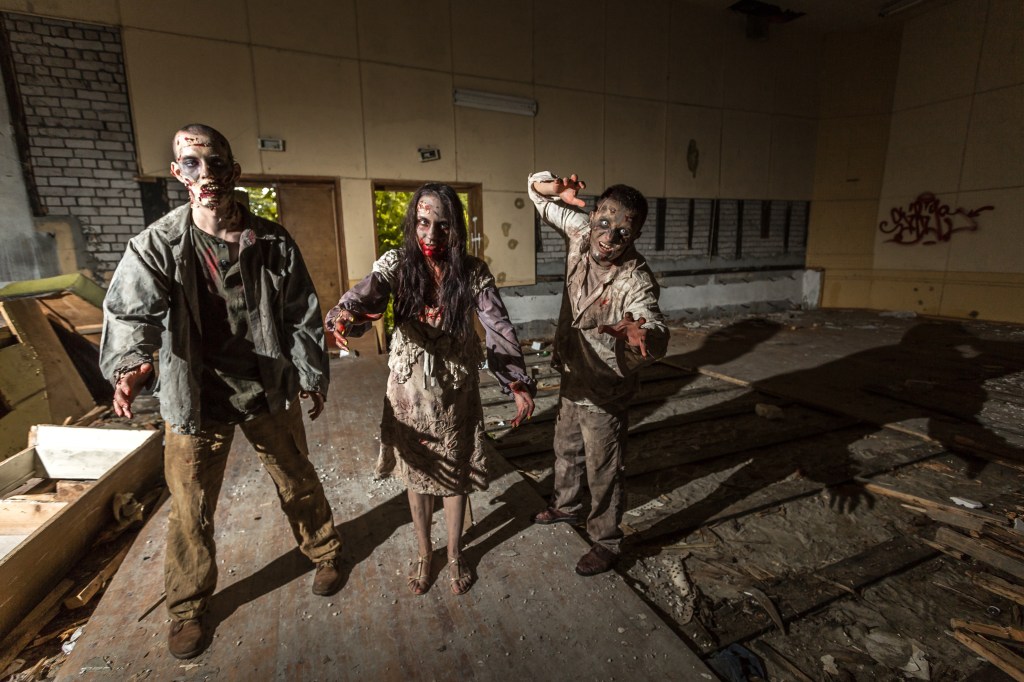
When a house sits vacant, it doesn’t sit quietly. Whether it’s the middle of the night or broad daylight, unoccupied properties can attract everything from trespassers and weather damage to unnoticed leaks and even criminal mischief. In extreme cases, like a fictional zombie outbreak, these homes would be especially vulnerable. That’s why adopting a zombie protection for property mindset is more than just a catchy phrase; it’s a smart, layered approach to defending against the unexpected.
This strategy includes reinforcing entry points, enhancing visibility, and documenting your efforts to support smoother insurance conversations. It’s a proactive form of vacancy risk management that helps prevent vandalism, mitigate environmental damage, and maintain the property’s condition. Treat it as a preservation project designed to safeguard value while the house awaits its next chapter, no matter what the night might bring.
Doors and Entryways: Steel Reinforcements and Zombie Protection for Property
When it comes to property security, the front door is often the weakest link, and the first place both intruders and slow zombies might test. That’s why upgrading to steel security doors, reinforced door frames, and heavy-duty deadbolts is one of the most effective and high-value steps you can take to fortify your property. These enhancements serve as strong forced-entry deterrents, making it significantly harder for anyone, or anything, to pry or ram their way in.
But doors aren’t the only concern. Be sure to secure all access points, including side entrances, garage doors, and all the windows, which often provide good vantage points for both surveillance and intrusion. Don’t overlook the walls either; older structures may have weak spots that need reinforcement. Document each upgrade with clear, date-stamped photos to maintain a clean record for insurance and inspection purposes. These visible reinforcements not only protect your property but also demonstrate proactive care, helping preserve value and reduce risk while the property remains vacant.
Windows And Openings: Hurricane Shutters and Laminated Glass
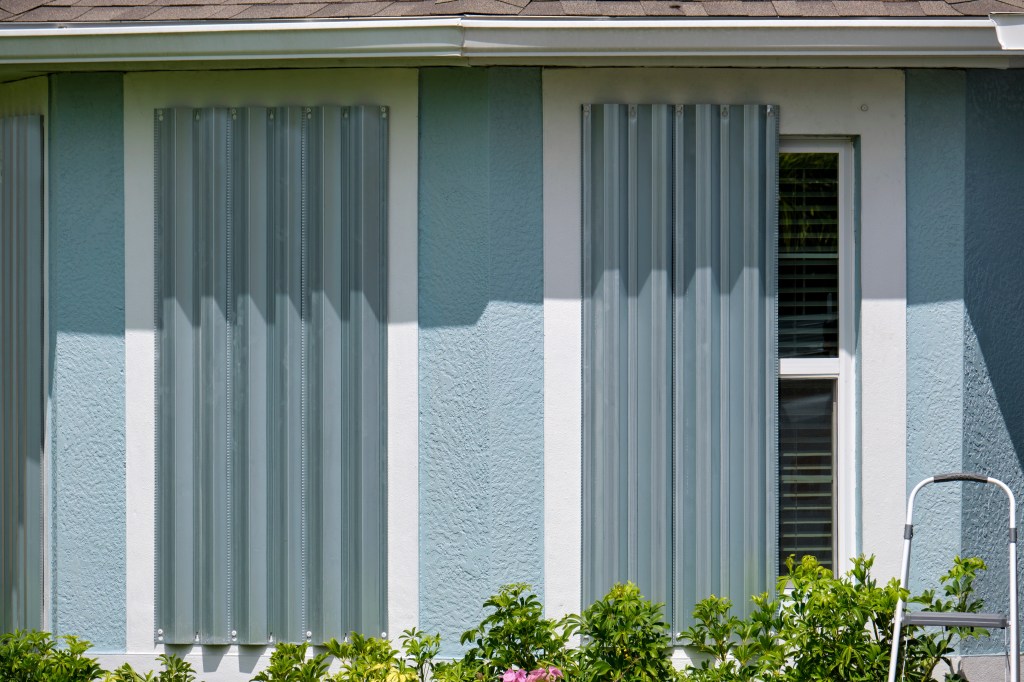
In a rural area, a vacant house can be especially vulnerable to both natural elements and unwanted entry. To make the property truly zombie proof, it’s essential to reinforce every potential weak spot, starting with the windows, especially those on the basement and first floors. These are prime targets for intruders, storm damage, and even fictional threats like slow-moving zombies.
Follow a good-better-best approach: begin with emergency board-ups for immediate protection, upgrade to hurricane shutters or window security bars for added durability, and ultimately invest in laminated or tempered glass for long-term resilience. Be sure to secure all the windows, including those near decks, fences, or other easy footholds, and don’t overlook concealed or side-facing windows that may offer quiet access.
These enhancements not only deter forced entry but also reduce the risk of impact damage from debris. Stronger glazing slows down break-ins, minimizes cleanup and repair costs, and reinforces your property’s defense while the house remains vacant, whether you’re guarding against real threats or preparing for a zombie apocalypse.
Perimeter and Sightlines: Fencing, Gates, Lighting, and Zombie-Proof Strategies
Establishing a secure perimeter is a foundational step in protecting a vacant property, whether it’s in a quiet town or a remote rural area. Installing perimeter fencing and gates with reliable locks adds time and friction for anyone attempting unauthorized access, serving as a strong access control measure. While some upgrades may cost a thousand dollars or more, the investment is often worth it to make the property very zombie-proof and resilient against both real and fictional threats.
To avoid spending too much time on reactive repairs, take proactive steps: trim overgrown shrubs, clear clutter along walkways and beneath windows, and eliminate potential hiding spots. Pair these efforts with an effective exterior lighting plan and clearly visible house numbers to deter trespassers and ensure emergency responders can locate the property quickly if needed. These upgrades work together to reinforce your property’s security posture and contribute to a layered protection strategy while it remains unoccupied.
Monitoring And Deterrence: Cameras And Motion Sensors
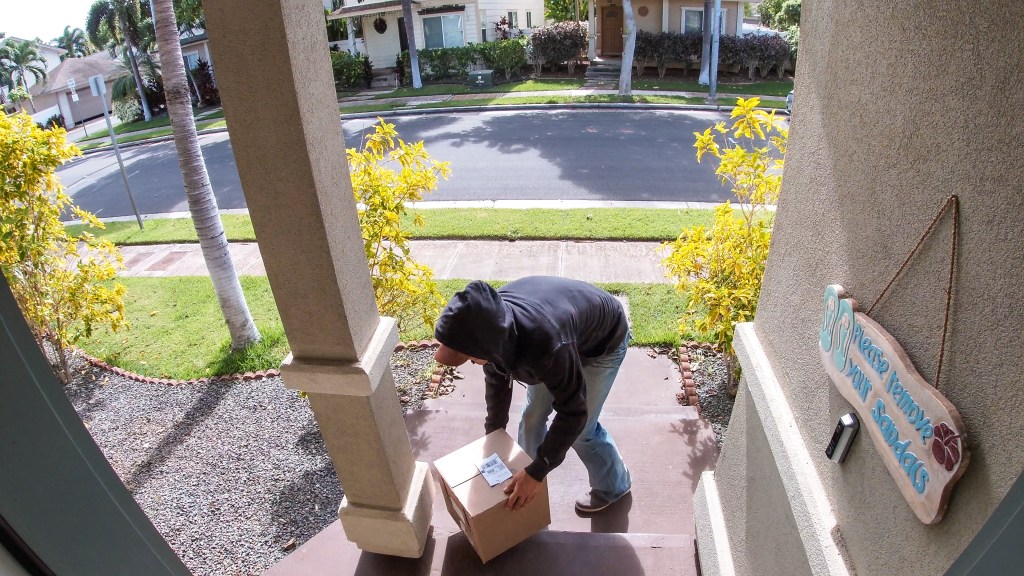
Smart surveillance is a powerful tool in protecting vacant properties, especially when you’re preparing to survive anything from trespassers to fictional threats like zombies. Installing motion-activated lighting and security cameras allows the property to “announce” and record activity after dark. These systems act as both a deterrent and a source of incident documentation, helping you hear what’s happening even when you’re not on-site.
For optimal coverage, attach cameras near doors, driveways, and alleys, areas most vulnerable to intrusion. Don’t forget to check battery levels and storage weekly to ensure uninterrupted remote monitoring. Keep basic supplies on hand for quick maintenance, like replacement batteries, SD cards, and cleaning cloths for lenses.
By integrating monitoring into your security plan, you add a responsive layer of protection that reinforces your overall risk management strategy and helps your property survive the vacancy period with minimal risk.
Short-Term Board-Ups vs. Long-Term Hardening: Preparing for Break-Ins, Storms, and Zombie Outbreaks
When securing a vacant property, you’re not just planning for weather or wear, you’re preparing for anything, including zombie hordes. Basically, the length of the vacancy timeline should guide your approach. If the property will be empty for just a few weeks, board-up strategies like plywood panels or emergency coverings can serve as a quick, cost-effective defense. But for longer holds, or if you suspect the undead might come knocking, it’s time to break out the baseball bat and invest in serious fortifications: hurricane shutters, window security bars, steel security doors, and reinforced glass.
These upgrades don’t just keep out looters or the occasional walker; they also reduce the need for repeat visits and re-boarding, saving time and money in the long run. A phased plan that matches neighborhood risk and supports thoughtful budget planning ensures your property stays secure, your sanity intact, and your baseball bat hopefully unused.
Scenario: Single-Family Home Between Tenants
Even a short-term vacancy in a single-family home can attract unwanted attention, from trespassers, curious neighbors, or zombie hordes. For example, the owner of a small bungalow takes no chances: before renovations begin, this person upgrades locks, applies window film for privacy and impact resistance, and installs a driveway camera for remote watching. Bonus points if the camera has a clear view of the roof, because you never know where the undead might try to climb.
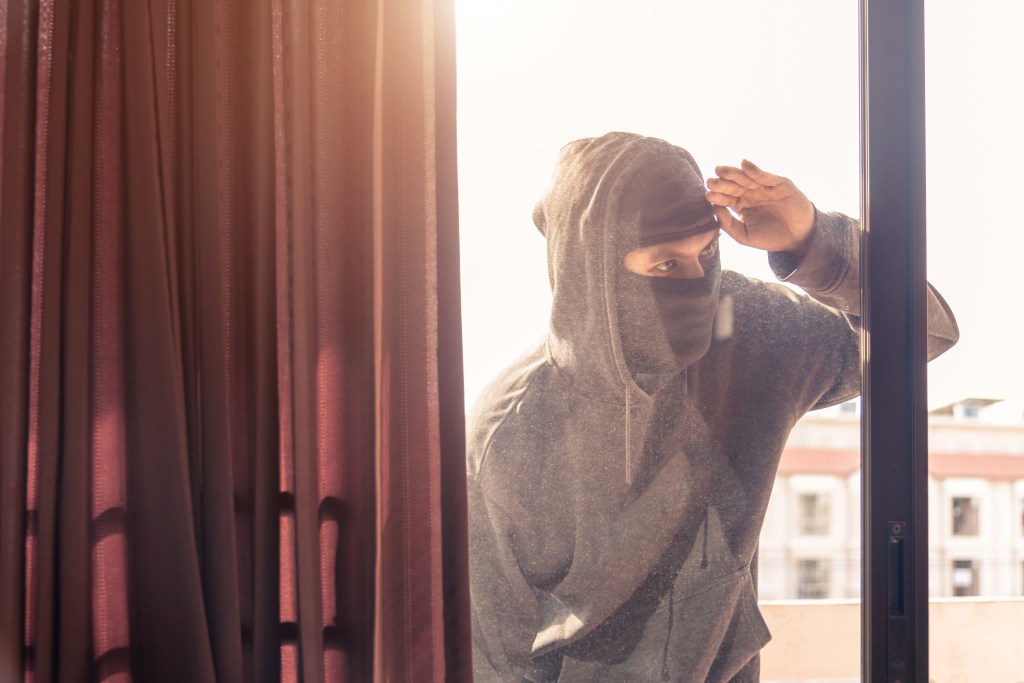
A zombie-proof security checklist guides weekly inspections, including walk-throughs and photo documentation of closed shutters and locked gates. These simple but strategic actions help reduce the likelihood of nuisance claims and demonstrate responsible property management, even when the only visitor might be a baseball bat-wielding survivor checking for signs of life.
Scenario: Remote Cabin Or Rural Property
Securing a remote cabin or rural property comes with unique challenges, chief among them, isolation. While privacy is a benefit, it also means slower response times in the event of a break-in or system failure. That’s why off-grid security measures like shutters and laminated glass on accessible windows are non-negotiable for physical protection. To maintain surveillance and essential systems during outages, a backup generator power source or solar panel backup is critical for keeping pumps, routers, and cameras online.
Additionally, establishing a rural property monitoring routine, such as a neighbor check-in schedule, adds a human layer of oversight, helping catch issues like leaks, vandalism, or equipment failure before they escalate. This layered approach balances independence with smart risk management, ensuring your rural retreat stays secure even when you’re miles away.
Scenario: Urban Townhome Or Condo Unit

Securing a vacant urban townhome or condo unit isn’t just a checklist; it’s a crash course in survival. With shared building systems and unpredictable access points, one weak spot could invite a bunch of problems, or worse, a zombie. Start by reinforcing strike plates and installing door braces on balcony sliders to resist forced entry and delay the march of death.
Apply window film to reachable panes for added privacy and impact resistance, because you never know who (or what) might be watching.
Since these properties often involve shared entry control, coordinate with building management to ensure common-area security cameras cover your hallway and entry points.
A vacant property security checklist that includes these upgrades, along with regular checks, helps maintain security and peace of mind in multi-unit environments where access and visibility are shared, and where, eventually, someone will be talking to you about what went wrong if you didn’t prepare.
Scenario: Street-Level Storefront Or Mixed-Use
Vacant street-level storefronts and mixed-use properties face unique security challenges, especially after hours when visibility drops, foot traffic slows, and every weak point becomes a potential entry for trouble.
Large glass windows are a favorite target for smash-and-grab attempts, making roll-down shutters or steel grilles essential components of any zombie-proof storefront security plan.
During vacancy periods, limit the number of active doors to tighten access control, and consistently photograph closures at the end of each visit to maintain a clear record. This visible closure routine not only shortens cleanup after incidents but also discourages repeat attempts by signaling active oversight.
These simple steps reinforce your vacant property security checklist and help protect your investment in high-traffic urban environments, where even one overlooked weak point can invite a bunch of problems.
Utilities And Resilience: Power, Water, And Leak Sensors
Maintaining essential utilities is a critical part of vacant property protection. Backup power, whether from the grid, a generator, or a solar panel backup, keeps your security cameras, Wi-Fi hub, and sump pumps running, ensuring alerts reach you in real time. To prevent water damage, install leak detection systems and automatic water shut-off valves that catch small failures before they escalate into costly claims.
Conduct quarterly tests of all systems and log results with dates and photos to build a reliable maintenance record. This proactive approach supports smart resilience planning, helping your property stay secure and functional even when unattended.
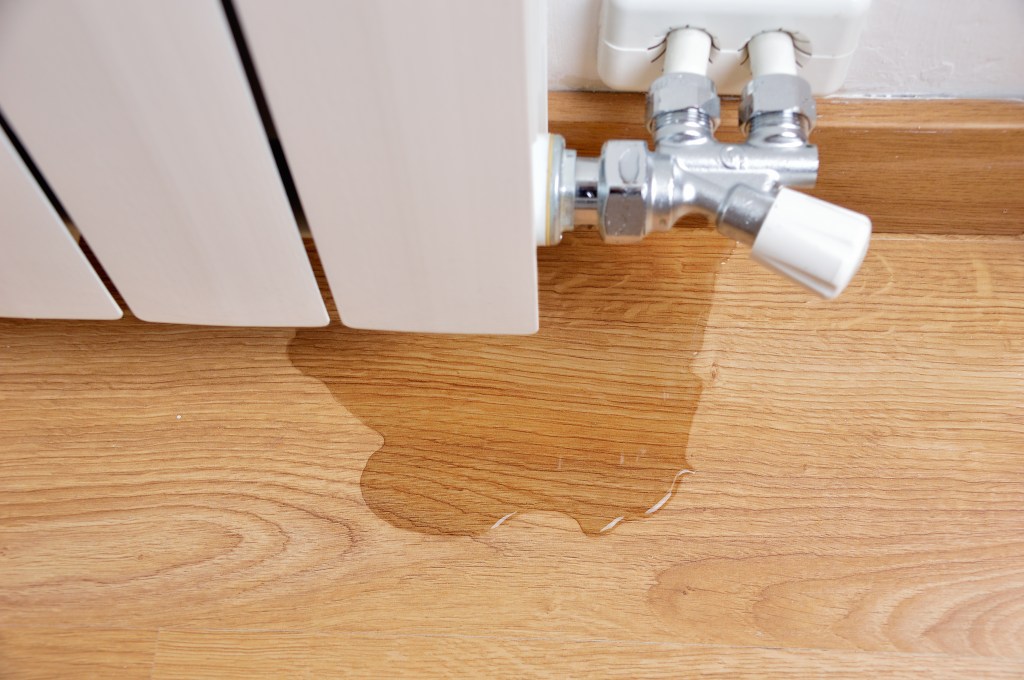
Safe Access And Egress: Rooftop Ladder And Exit Plan
When checking on a vacant property during a storm or periods of neighborhood unrest, having a clear and safe exit strategy is essential, not just for caretaker safety, but for surviving the unexpected. You don’t want to be surprised by a sudden fire, a looter, or worse, a zombie horde crashing through the fence. For multi-story structures, installing a rooftop lookout ladder offers an interesting dual benefit: a high vantage point for watching the surroundings and an alternate escape route if things eventually go sideways.
Pair this with a simple escape route plan that outlines how to exit the property quickly and safely under pressure. Share the plan with anyone who has keys or access responsibilities to ensure alignment and preparedness. These precautions add a critical layer of protection and reinforce your overall resilience strategy, especially when conditions are unpredictable and the undead don’t RSVP.
Documentation And Access Control: Photo Logs And Lockboxes
Strong security isn’t just about locks and cameras; it’s about smart access management, thorough documentation, and surviving a difficult time when the apartment complex feels more like a scene from a survival movie. After each visit to a vacant unit, create a photo log of doors, windows, shutters, and gates, complete with timestamps, and sync it to the cloud. That way, if you’re ever talking to insurance or investigators, you’ve got proof ready to go.
Use a coded lockbox to store keys securely, and rotate the code after contractor visits or property showings. These quiet but critical steps finally pay off when chaos hits and you need to show you’ve done everything right. They streamline insurance underwriting, reinforce accountability, and elevate your overall vacant property security checklist, whether you’re guarding against vandals, weather, or something worse.
Quiet Expert Coordination for Vacant Owners: Staying Prepared During a Zombie Apocalypse
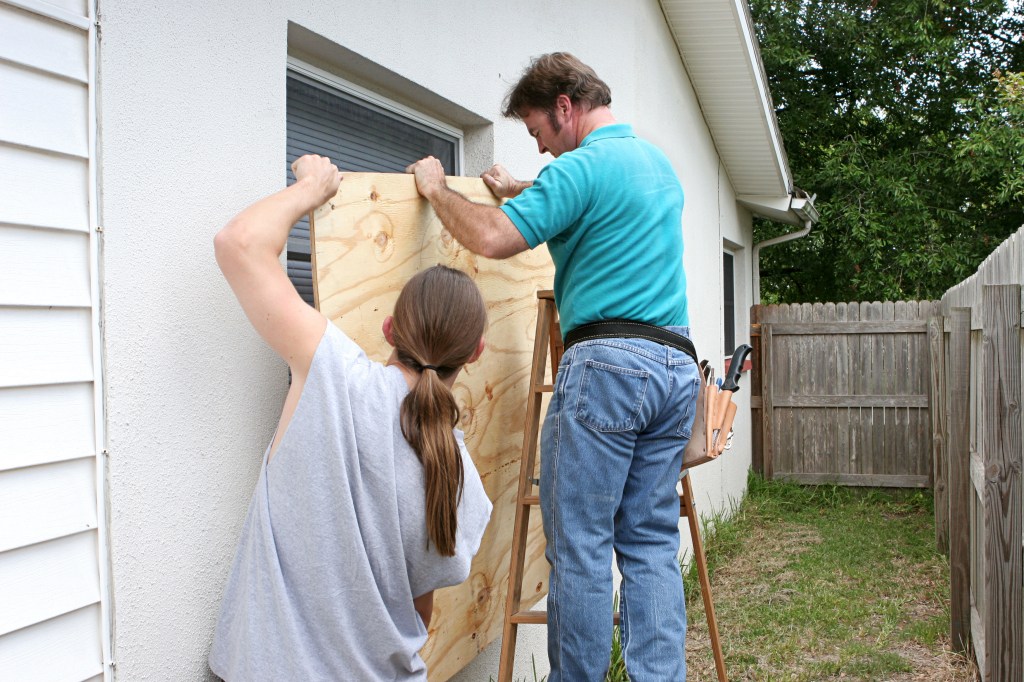
Managing a vacant property doesn’t have to be overwhelming, especially when you have a dedicated property preservation service coordinating behind the scenes. A professional vacant property specialist can handle everything from scheduling board-up strategies and installing security hardware to documenting property conditions before and after work.
This centralized, expert coordination acts as a single point of contact, saving you time and reducing stress. It also ensures that your security posture stays aligned with your insurance readiness, making it easier to navigate claims or underwriting conversations. For owners juggling multiple responsibilities, this quiet support system, complete with coordinated upgrades, brings peace of mind during any vacancy period.
Sources:
https://www.instructables.com/How-to-Zombie-Proof-Your-House/
https://www.thecascadeteam.com/blog/how-to-zombie-proof-your-home-because-you-never-know/
https://zombieprepared.org/zombie-proof-safe-houses/
https://www.archpaper.com/2015/10/dead-mansion-walking-zombie-proof-cabin-now-kickstarter/
https://blog.landcentral.com/land-university-blog/how-to-make-your-home-zombie-proof/
https://www.realtor.com/advice/home-improvement/how-to-zombie-proof-your-home/

